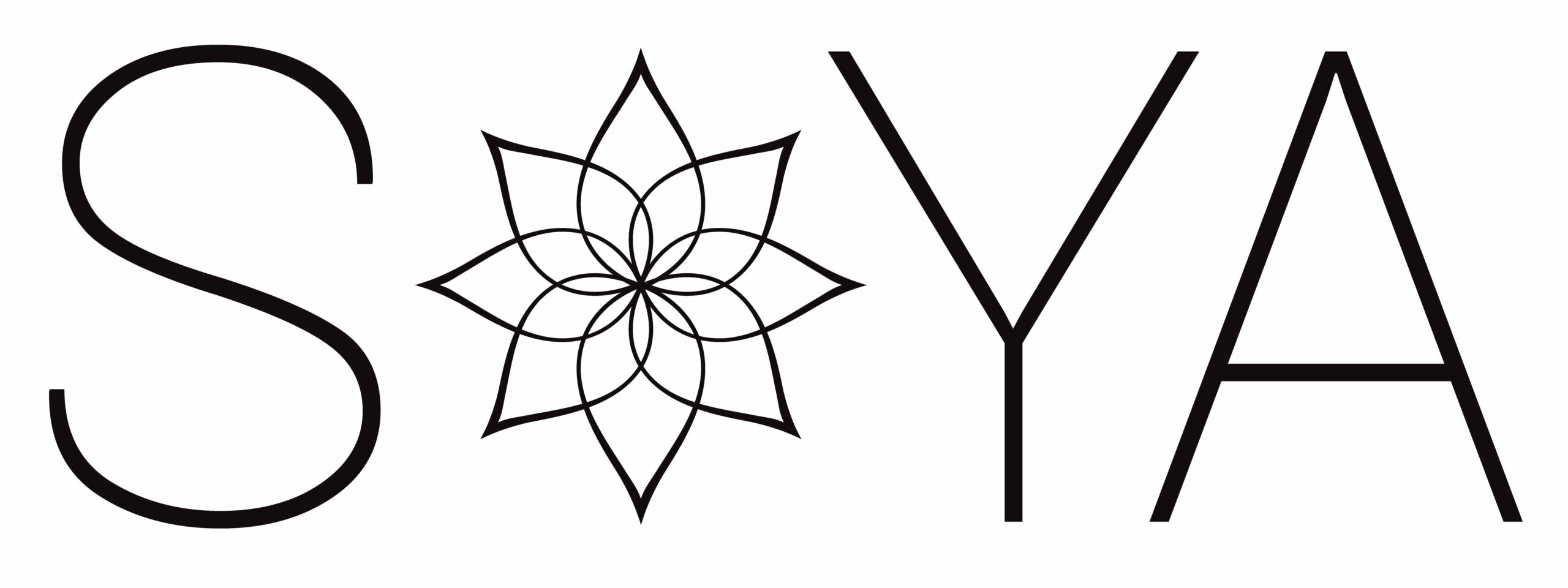“Matsyasana” means Fish pose in Sanskrit.
It is a back-bending pose that opens the chest, neck and shoulder muscles. Backbends, like fish pose, can relieve the back pain from sitting all day at your desk or in your car. Matsyasana and all of the gentle variations increase spinal flexibility and help to improve your posture. Back-bending poses are great for digestion and metabolism because of the stimulation of the thyroid and toning of the abdomen. They also open up space for your heart, both physically and energetically.
Matsyasana is the classic counter pose to Sarvangasana, the shoulderstand pose. Sarvangasana puts pressure on the throat area where we have the thyroid gland. Alternately the Matsyasana puts pressure on the parathyroid glands. Sarvangasana stimulates the calming parasympathetic nervous system, and Matsyasana stimulates the fight or flight response of the sympathetic nervous system, bringing balance to both.
Precautions and Modifications:
Students with neck issues must completely support their head with the blanket so that there is little to no tilting of the neck. Then the student can gently open the front of the neck according to their personal comfort.
Matsyasana (Fish Pose) variation for Beginners:
- If you don’t have a bolster, grab a firm blanket and come to a comfortable seated position. Roll the blanket to make bolster… fold it into a large rectangle, then roll the blanket making a tight roll. If necessary, secure the roll with a belt.
- Sit on your mat and place one end of the bolster or rolled blanket at the sacrum area behind you.
- Slowly lower yourself down onto the bolster/blanket using your elbows for support while lining the spine up with the length of the bolster. Keep the knees up to reduce the work of the abdomen while you lower down.
- Once settled onto the bolster, fully rest into it.
- If you have a sensitive neck make sure the neck and head are fully supported by the bolster. If your bolster does not support under your head, move it up from the lower back until it does. If your neck feels healthy today, you can benefit from the stimulus of the thyroid and parathyroid by tilting the neck back slightly over the edge of the bolster. This can be worked into gradually over time. Never rush extending the neck.
- Finally, extend the arms out to the sides in a T shape, in complete surrender, opening the chest.
- This is a gentle variation of Matsyasana so you may feel comfortable relaxing into it and holding it a bit longer (come out of it if you feel any anxiety in the pose).
- Take your time coming out of the pose. Start by extending your arms overhead and lingering here a moment.
- Next, roll onto your right side using your arm as a pillow. The bolster can be pushed out of the way at this time if you like.
- Bend your legs into a comfortable fetal posture and take a few breaths.
- With as little effort as possible, use your hands to bring yourself to a seated pose.
Counter Pose: Passive Paschimottanasana with very bent knees. Gently fold over your legs and let the hands fall wherever they comfortable.

Mugs McConnell, E-RYT500 is a co-founder of SOYA and its Yoga Teacher Training programs. She is the author of Letters from the Yoga Masters, and has been teaching yoga since 1978. Her most significant teachers include Swami Vishnudevanada, Dr. Hari Dickman, Namadeva Acharya, Erich Schiffmann, and Dr. Ananda Balayogi Bhavanani.


Recent Comments